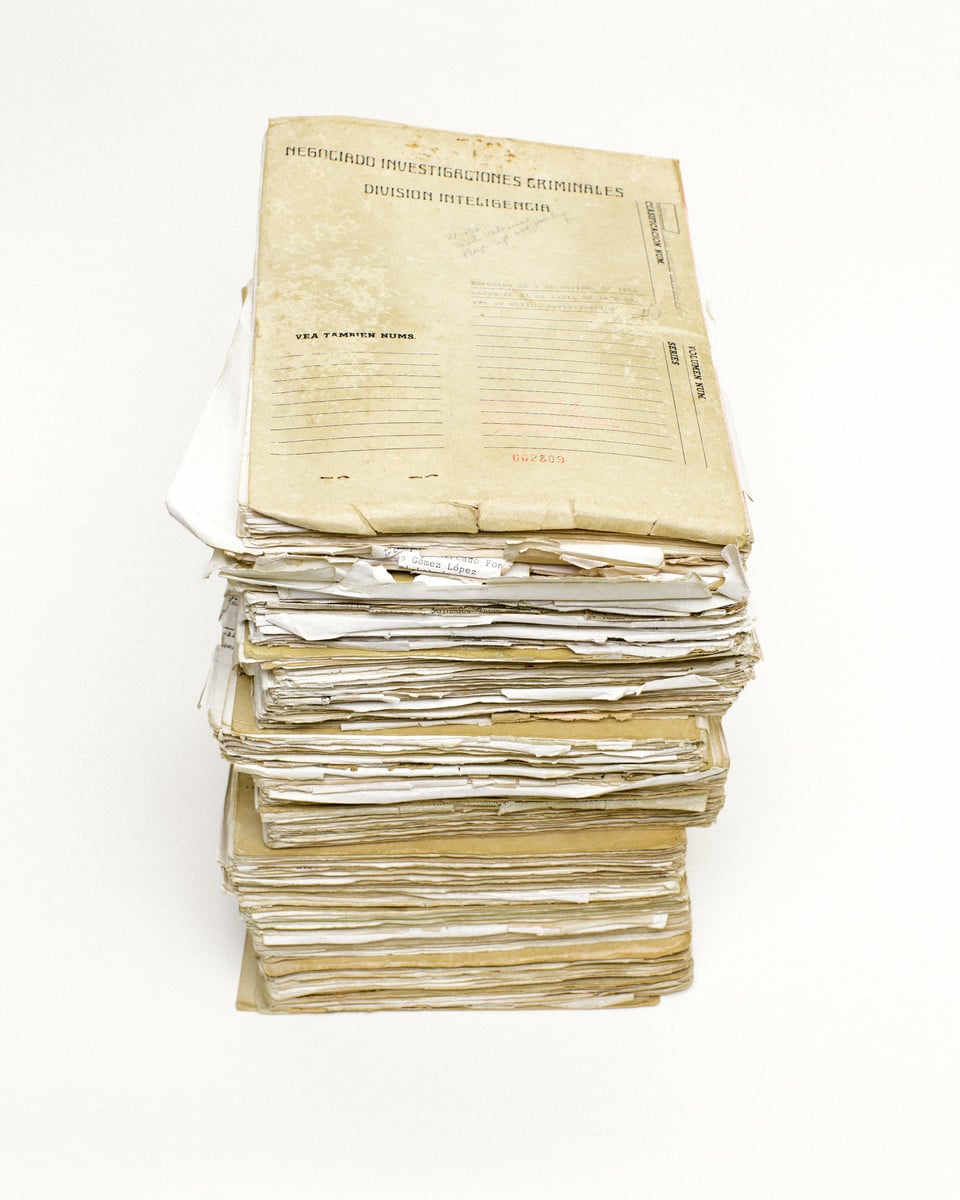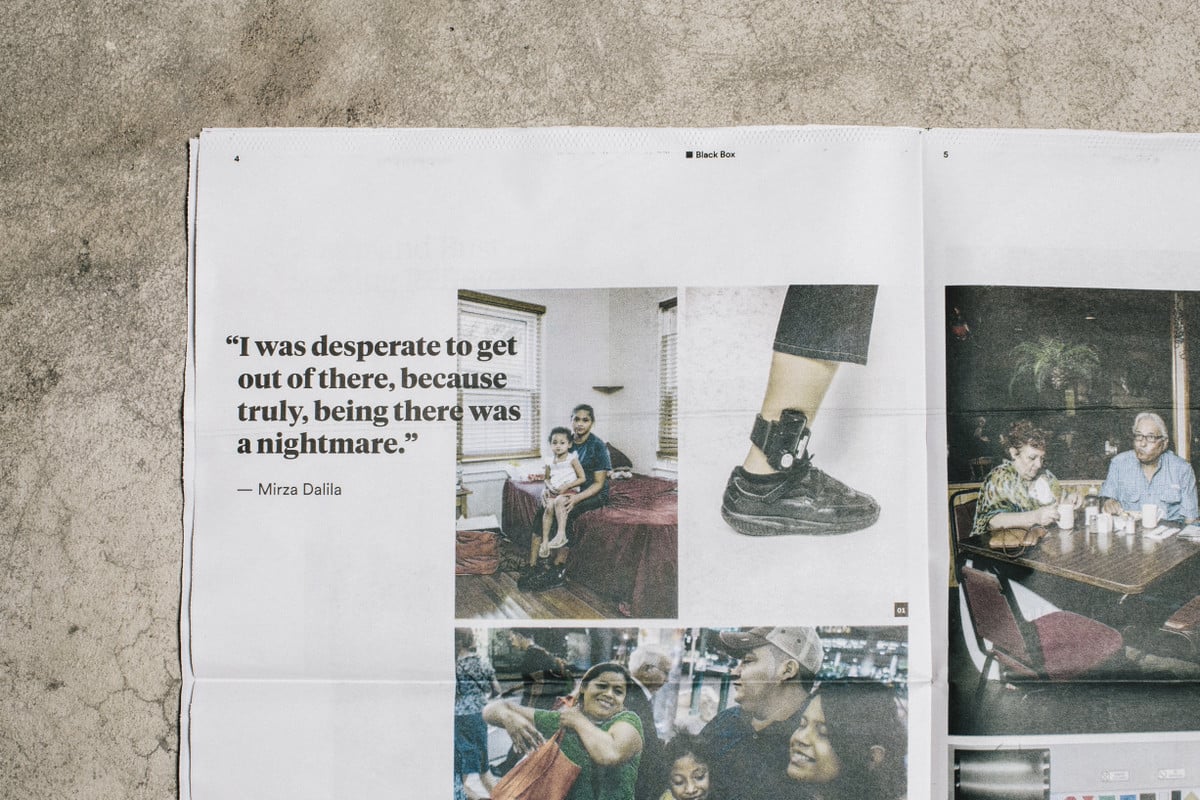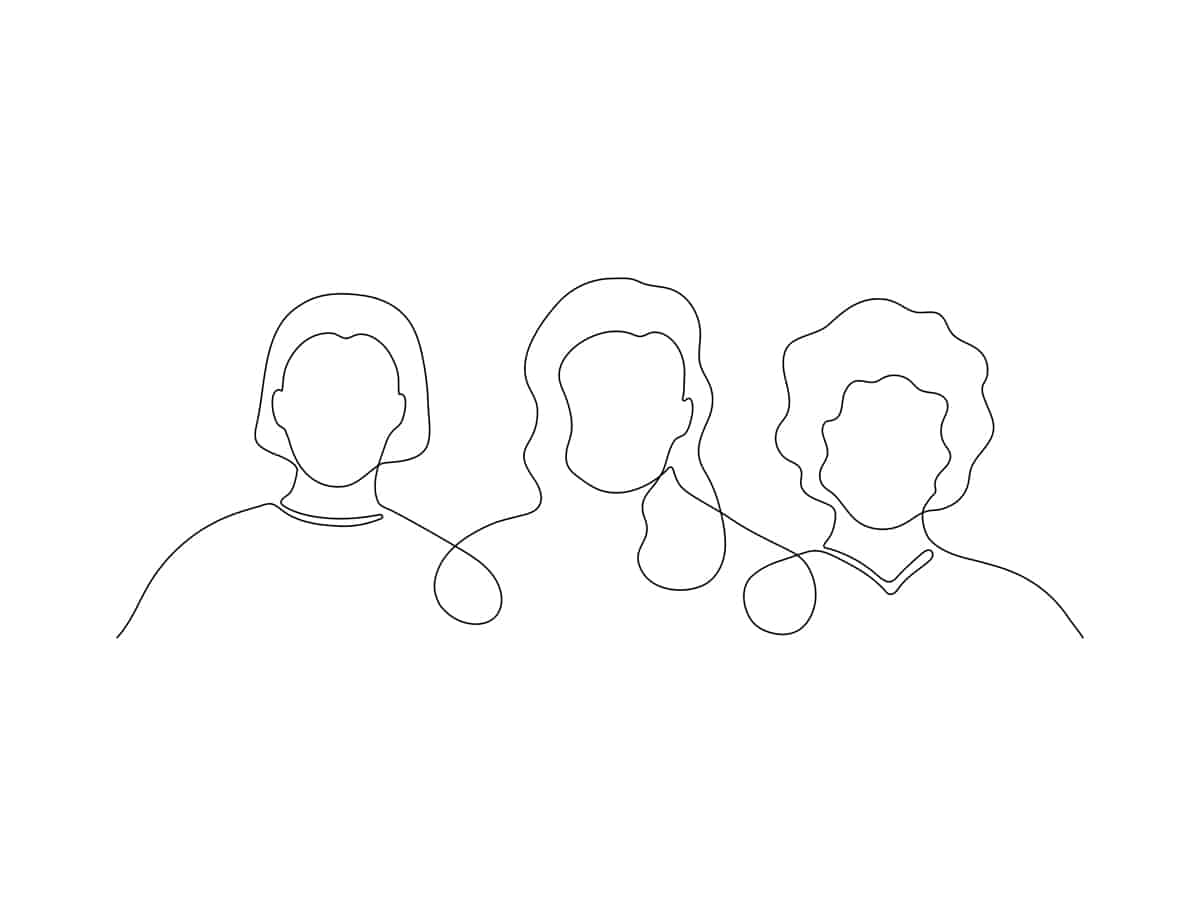Conversando com a equipe de fotojornalistas freelancers que se uniu para criar experiências de documentário visual e chamou a atenção de The New York Times.
Fotojornalistas autônomos Chris Gregory, Natalie Keyssare Jake Naughton cobrem Porto Rico, Venezuela e questões LGBT, respectivamente. Mas depois de passarem a maior parte de suas carreiras trabalhando sozinhos, os três decidiram unir forças com o designer Alejandro Torres Viera para criar um novo método colaborativo de documentar e disseminar histórias visuais.
Sua esperança é que, com maior controle sobre o processo criativo, eles possam experimentar técnicas inovadoras e, finalmente, dar às histórias sub-representadas a atenção e o tempo de que precisam.
Recentemente, sua cooperativa chamada Caixa preta foi em destaque no The New York Times "Blog "Lens para o trabalho sobre Dilley, Texas, onde fica o maior centro de detenção de imigrantes dos EUA.
PiscarLaurence Cornet, da The Week, conversa com três dos membros sobre seus projetos de documentários visuais e os benefícios de trabalharem juntos.

Como cooperativa, um de nossos principais interesses é abordar histórias que talvez não sejam muito fáceis de fotografar.
Laurence: Como surgiu o grupo?
Chris: Todos nós já havíamos pensado individualmente em alguma versão dessa ideia de cooperação coletiva. Para mim, tratava-se da transição do tradicional "fotógrafo solitário" para um ambiente de grupo onde eu poderia me alimentar de outra energia criativa.
Jake: Queríamos explorar maneiras de criar imagens que fossem apresentadas de forma diferente de outras mídias de notícias. Ao assumir a propriedade do processo criativo, pudemos experimentar tipos de imagens menos tradicionais e mais ambiciosos.
Natalie: O que é realmente importante para todos nós é manter o controle do que lançamos. Antes da Black Box, não tínhamos esse tipo de controle. Todos nós fizemos muito mais projetos e nos aprofundamos muito mais do que o que acabou sendo publicado. Passamos tempo chegando às raízes das histórias que nos interessam, mas temos pouco ou nenhum poder de decisão sobre o que é incluído.
Então, você trabalha em projetos individuais e coletivos? Você pode falar sobre a parte coletiva?
Natalie: Fizemos um projeto piloto juntos chamado, "Bem-vindo a Dilley"que revelamos em Photoville em setembro de 2015. Trata-se de uma exploração de Dilley, Texas, que abriga o maior centro de detenção de mulheres e crianças para imigrantes do país.
Como cooperativa, um de nossos principais interesses é abordar histórias que talvez não sejam muito fáceis de fotografar. A ideia de detenção de imigrantes nos EUA, conceitualmente, é muito maior do que as pessoas atravessando um rio; para capturá-la em sua totalidade, precisávamos ter toda a nossa equipe no local.
Chris: O que torna a Black Box diferente de outros coletivos é o fato de não trabalharmos apenas individualmente, como faz uma agência de fotografia, por exemplo. Um projeto da Black Box normalmente tem um grupo de artistas, produzindo ao mesmo tempo, que trabalham em prol de uma visão criativa compartilhada. O grupo não precisa ser necessariamente de fotógrafos. Alejandro, que é o designer, é uma grande parte do processo.


Jake: Voltando à gênese de "Welcome to Dilley", queríamos realizar projetos que não fossem obviamente projetos fotográficos. Ou seja, queríamos abordar uma história que tivesse muito valor jornalístico, mas que talvez não tivesse sido abordada com a profundidade e a experimentação visual que estávamos procurando.
Quando fomos a Dilley em nossa primeira viagem, para ver o que havia lá, logo ficou claro que a história era tanto sobre a cidade de Dilley, Texas, quanto sobre o próprio centro de detenção.
Portanto, além de fotografar as pessoas que haviam sido detidas e documentar suas histórias, passamos uma quantidade significativa de tempo explorando a cidade. Definimos quais seriam nossas funções em termos de quais conjuntos de habilidades eram mais produtivos para serem empregados de que maneira. Chris fotografou muitos artefatos e retratos formais. Natalie fez o que eu sempre chamo de reportagem experimental. E eu fiz muitas reportagens, entrevistas e alguns vídeos.
Como você acaba mesclando estilos diferentes em uma única peça?
Jake: É aqui que o designer entra em cena. Quando voltamos e analisamos nossos ativos e os reunimos, tínhamos uma documentação bastante desarticulada, mas completa, de uma história de imigração. O designer nos ajuda a organizar graficamente essas partes separadas, para que a história seja lida como um todo.
Natalie: Alejandro, nosso designer, veio conosco em nossa primeira viagem de reportagem a Dilley, o que é uma parte muito importante de nossa filosofia. Queremos que o design seja inspirado pela nossa experiência no local e não que aconteça depois do fato. Pedimos ao nosso designer que participe da pesquisa, da exploração do conteúdo. Estamos discutindo com ele o que ele quer e o que ele imagina assim que começamos a pensar no assunto.
Queríamos abordar uma história que tivesse muito valor jornalístico, mas que talvez não tivesse sido abordada com a profundidade e a experimentação visual que estávamos procurando.
Como os distribuidores reagiram ao seu projeto? O que acontece, por exemplo, quando eles têm sua própria equipe de design?
Natalie: A resposta a esse trabalho tem sido muito positiva e encorajadora. Portanto, até o momento, o Projeto de relatório de dificuldades econômicas apoiou o Welcome to Dilley e foi publicado por The New York Times "Lens", com mais algumas parcerias em andamento e nosso próprio site independente.
É claro que se trata de um novo modelo. As publicações têm demonstrado muito interesse, mas algumas ainda não têm certeza de como nos integrar em seus sistemas. Não nos encaixamos totalmente nos modelos pré-existentes para fotógrafos autônomos, e isso pode causar algumas dúvidas, mas é mais ou menos isso que pretendemos fazer.

Se eles tiverem sua própria equipe de design, a ideia é que "mais cabeças são melhores do que uma". Eles podem colaborar com o nosso designer ou dividir e conquistar os elementos de design do projeto. Na maioria das vezes, as publicações estão tão empolgadas com as possibilidades quanto nós.
Quando os editores percebem que temos habilidades profissionais de redação, vídeo, fotografia e design e uma grande experiência no mundo do documentário e do jornalismo, todos prontos para executar ideias, isso abre inúmeras possibilidades criativas.
É uma liberação das limitações do que um determinado escritório pode suportar. Muitas pessoas no mundo das publicações no momento têm ideias grandes e progressistas, mas talvez não tenham toda a largura de banda necessária para concretizá-las. Esperamos que, nessa situação, elas considerem a possibilidade de colaborar conosco.
Você precisa lutar para ter um espaço para ideias radicais. Mesmo que seja um grande fracasso.
O que você acha do financiamento por enquanto?
Jake: Inicialmente, financiamos o "Welcome to Dilley" por conta própria, porque queríamos ter controle total sobre o que iríamos fazer. Era muito mais fácil fazer isso quando as despesas eram divididas em quatro partes. Mas somos muito gratos pelo fato de o Economic Hardship Reporting Project ter fornecido apoio retroativo para alguns dos nossos custos de reportagem.
Chris: É um experimento. Estamos confiantes de que podemos fazer isso para os clientes, podemos fazer isso com subsídios, podemos encontrar patrocinadores fiscais interessados e expandir com mais recursos. Embora existam espaços no setor que promovam projetos experimentais, não há muitos.
Algumas publicações estão fazendo coisas interessantes, The New York Times tem sua realidade virtual, por exemplo, mas tudo isso é feito internamente. Se houvesse mais oportunidades para conectar artistas jovens e inovadores com o financiamento, tanto a próxima geração de criadores de imagens quanto o setor se beneficiariam disso. Mas, como essas oportunidades ainda são limitadas, você precisa lutar para ter um espaço para ideias radicais. Mesmo que isso seja um grande fracasso.
Onde você procura distribuição? O que orienta esse processo?
Chris: A essência do nosso modelo é o fato de que o conteúdo e a história ditam a forma. Muitos freelancers do setor não veem potencial em festivais de cinema, em outros espaços de exibição e até mesmo em material impresso. Há muitos mercados alternativos que podem não ser distribuídos em massa, mas que são igualmente importantes.
Natalie: É uma conversa que queremos ter no início de cada projeto. O que você quer abordar? É um livro? É um site independente? É um evento interativo? É uma parceria com a mídia tradicional? Você quer todas essas coisas? É uma instalação de guerrilha? Essa é a primeira coisa que perguntamos em um projeto Black Box. Queremos ter conversas contínuas que ultrapassem os limites da narrativa.

Instalação da Black Box no Photoville 2015
Caixa pretaPortfólio da empresa












